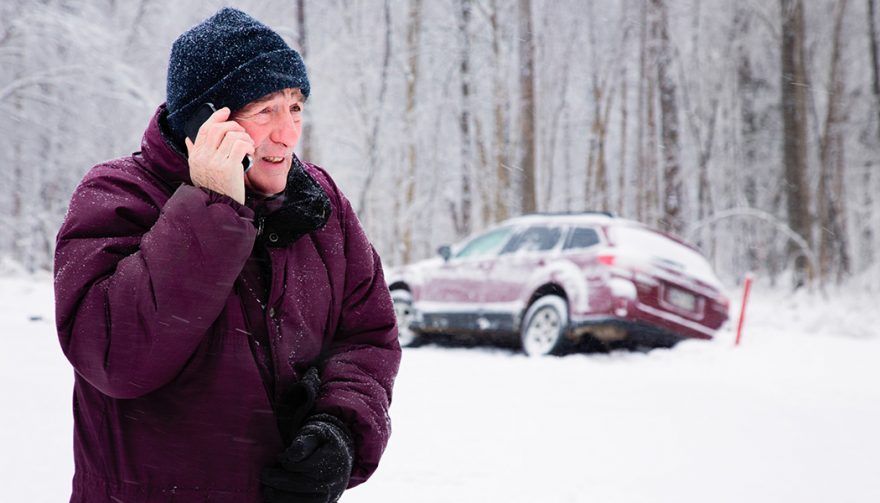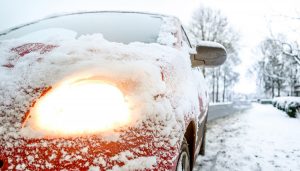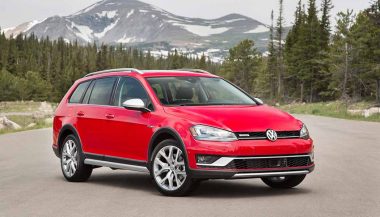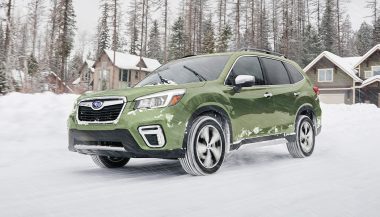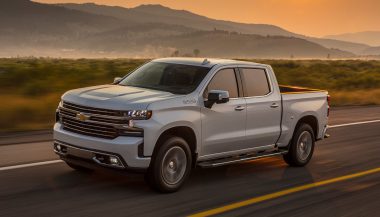What to Do if You Get Your Car Stuck in Snow
From November to April, the northern half of the North American continent is under a constant threat. Some think of it as a winter wonderland. Others know it to be the opposite – a battlefield of subzero temperatures, slick roads, and a thick blanket of snow. It looks beautiful, but it’s oh so wicked if you get your car stuck in snow.
It’s especially true for drivers. Getting your car stuck in snow is something that almost every driver, rookie or veteran, will do at some point. Survival isn’t necessarily for the strong, but for the smart.
No matter if you’re stuck in a six-foot snowdrift or you’re hung up on a plow ridge in Suburbia, you need to treat a stuck car with respect. It isn’t always easy to get un-stuck, nor is a helping hand (or tow truck) around the corner. In a brutal winter beatdown, people report waiting more than 24 hours for AAA (or CAA in Canada).
Do you know what to if you get your car stuck in snow this winter? Here are some tips to safely navigate a sticky situation.
Make Other Drivers Aware You’re Stuck
As soon as you’re stuck, you’re a hazard to other drivers on the road. That’s no exaggeration, either. It doesn’t matter if you’re spinning your tires at a stoplight on the busy I-29 or you’re 20 feet deep in a ditch. Your first course of action is letting other motorists know you’re there.
Put your four-way flashers on, otherwise known as your hazard lights. If you can access your trunk, get the flares out of your safety kit and put them behind your car… You have a safety kit, right?
Safety flares are either those orange reflective triangles that prop up on the ground or orange battery-powered beacons. The Search-and-Rescue-style chemical flares work too, but they’re not the safest thing to use.split]
Rock Back and Forth
Sometimes, all it takes to get your car unstuck from a snowdrift is a little back and forth motion. If you’re going nowhere in forward gear, drop it in reverse and touch the gas. Then back to forward. Then reverse. Rinse and repeat.
The trick is to try rocking your car without spinning the tires. Once you break traction, your tires begin digging a hole in the snow or ice underneath, making it worse instead of better. Just work the throttle lightly. You’ll feel the torque inch your car forward, then back. Then forward. Then back.
You’re building your tires a little runway. With a small path packed down, your momentum will let you bust loose of the icy grip you’re stuck in. And if not, there are other options.
Lower Your Tire Pressure
Feel like you’re just on the verge of driving out of the snowdrift? If you think you need just a teeny bit more traction to get back on the road safely, try lowering your tire pressures. The normal operating range for passenger tires is in the neighborhood of 35PSI, give or take a few pounds. If you lower your tire pressure by 10 to 15 PSI, you might be in business.
Why would lowering tire pressure help get out of the snow? Simple physics, my friend. Lower tire pressure means the bottom of your tire bulges our more, creating a larger surface area. It’s able to spread the traction out more. Something to try? Yes. Does it always work? Nah. Either way, don’t forget to reinflate ASAP.
Get Cozy
You’re stuck, not dying. No need to panic. Don’t get yourself all worked up and sweaty and don’t leave the safety of your car. Make yourself comfortable. Get the blanket, candles, and extra clothing from your winter safety kit – again, you have one, right? – and make your car’s interior as cozy as you can until you can get help.
Run the Engine as Little as Possible
With your truck or car stuck in snow, the temptation will be to idle the engine to keep the cabin warm. That’s a great idea… UNTIL YOU DIE! Carbon monoxide and other harmful compounds are wafting through the air from your tailpipe. When you’re stuck, those gases tend to stick around your car, drawn in through your cabin’s air intake, through gaps in the body, and in the windows you may have cracked open.
Limit your idle time to just a few minutes when you need to warm up a bit if you’re in a car stuck in snow. Know the warning signs of carbon monoxide poisoning – nausea, lightheadedness, drowsiness, vomiting, and lack of consciousness. If any of these symptoms start, shut off the engine and crank the windows fully down to get fresh air. And it WILL be fresh…
Call for Help
By now, if you haven’t called a tow truck, a good buddy or family member, or a neighbor for help, you might wanna go ahead and do that.
It’s pretty important to get to a safe place, so avoid a text message or WhatsApp chat. Your smartphone also makes phone calls (surprising, I know). Keep in mind that you’re not looking for a tow truck alternative per se. You want to get out of danger, thus a ride back home or to a safe location would also suffice.
If you’re in a really bad spot or it’s getting to dire straits, call 911. That’s only for an emergency, though, when your car stuck in snow is putting you in danger.
Strap Your Tire Chains On
If you’re one of the millions of North Americans who sees harsh winter conditions for months on end, do yourself a favor and invest in tire chains. A seriously small investment can save you so much trouble when you’re winter driving.
Tire chains are temporary devices that strap around your tires while they’re on your car. What literally looks like chain links contains tips and edges that cut through the powder, slush, and ice, gripping against anything that’s holding firm. In most cases, you can install them even when you’re stuck.
Use Your Surroundings to Get Traction
For tire chains, you need to be prepared ahead of time. But if you don’t have that kind of forethought, you might be able to use things in your environment to get you free of the snowdrift.
Can you find any gravel, sand, kitty litter, or rocks nearby? An aggregate like these could be the ticket to freedom from a car stuck in snow. Spread it in front of each tire, not just the drive tires, so you can grip and steer your way out of trouble. Other items can work, too. People have been known to use sticks, lumber, pine boughs, jackets, and pretty much anything else that tires can grip on to get traction.

